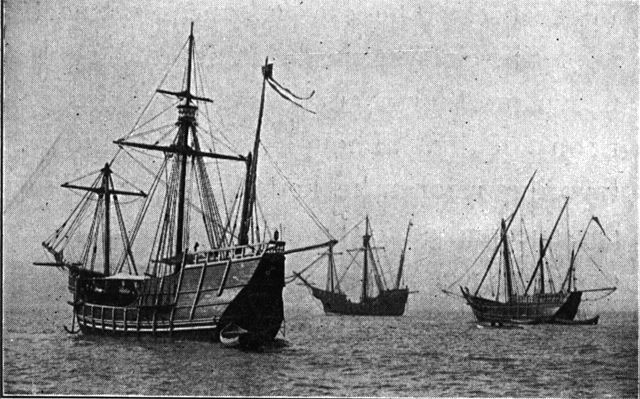
It sounds like an impossible dream: a bunch of people throwing money at you so that you can travel around the world. However, it’s now easier than ever to travel the world.
It seemed that only rich people could travel the world throughout history, yet even they rarely went far.
That’s because most people who are rich enough to travel around the world for months would rather sit on their ass in their cushy mansion.
Still, there were exceptions. For instance, I just read A Voyage Across the Americas about a wealthy dude who left Switzerland and explored the Americas in the 1850s.
And then there’s the most famous self-funded traveler, Marco Polo.
However, my favorite is the Duke of the Abruzzi (1873-1933), who didn’t just travel worldwide but was also a hardcore mountaineer.
He not only climbed North America’s second-highest mountain (in Alaska), but he also found the easiest way up K2, the second tallest mountain in the world.
Although he never got to the summit, that popular route is now called the Abruzzi Spur.
But wait. Not all world travelers were filthy rich. Some were just filthy.
Crowdfunding Travels is an Old Practice
Crowdfunding your travels is old news. Many famous explorers of yesteryear crowdfunded their journeys:
Christopher Columbus: You probably were taught that the Queen of Spain bankrolled his three ships.
However, what you probably don’t know is that she only provided half the money. The other half came through Columbus’s crowdfunding efforts.
In fact, by the time Queen handed him the gold, he had already lined up a bunch of wealthy Italians who had committed to chip in if the Queen kicked in the other half of the money.
Mungo Park: In 1794, the private African Association paid for this Scottish man to explore the Niger River. Such associations were the crowd funders of their day.
Roald Amundsen: He received seed funding from his king and parliament, but his brother crowdfunded the rest. As a result, Amundsen was the first to reach the South Pole.
What’s the source of a government’s budget? Taxes, which are a type of forced crowdfunding. Pay your taxes or go to jail.
Thus, even government funding is a type of crowdfunding. Governments have funded the following legendary explorers:
- David Livingstone: The British monarchy funded his pioneering expeditions across Africa.
- Lewis & Clark: Thomas Jefferson used government funds to bankroll this team to explore the Pacific Northwest.
- Neil Armstrong & Buzz Aldrin: Ah yes, the ultimate government-funded travel outing: walking on the moon!
OK, by now, you should no longer feel awkward asking for others to pay for your travels—it’s an old practice.
The advantage of this century is that it’s now easier than ever to crowdfund your voyages.
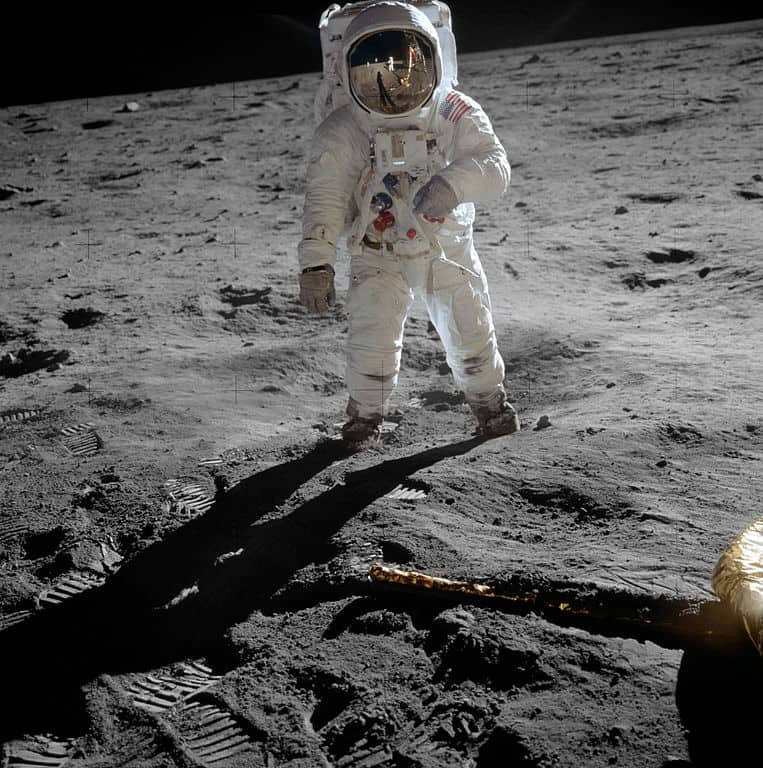
How to Crowdfund Your Trip
Nowadays, a 25-year-old nobody can crowdfund his travels.
You no longer need to be a renowned explorer, be a rich Duke, or have Obama on your speed dial.
However, you still need to be well-connected and able to convince enough people to foot the bill.
Kickstarter is the Coca-Cola of the crowdfunding industry.
The problem with Kickstarter is that they prohibit “fund my life” projects, including funding your trip to Tahiti.
However, there’s an easy way around that rule. You have to propose a creative project that requires you to spend time in Tahiti.
For example, you could say that you need to go to Tahiti to:
- Write a novel about the region
- Film a documentary on how global warming is affecting the island
- Take photographs to make a gorgeous coffee-table book
- Work with locals to grow, harvest, and export unique food products
You can do whatever you want on Kickstarter if you know how to exploit the loopholes.
For instance, The New York Times reported a couple who raised $16,000 to do a road trip.
A lady crowdfunded a plane ticket and travel expenses to write a guidebook about Oxford.
An even better example is this guy almost crowdfunded his way to a $25,000 airline ticket!
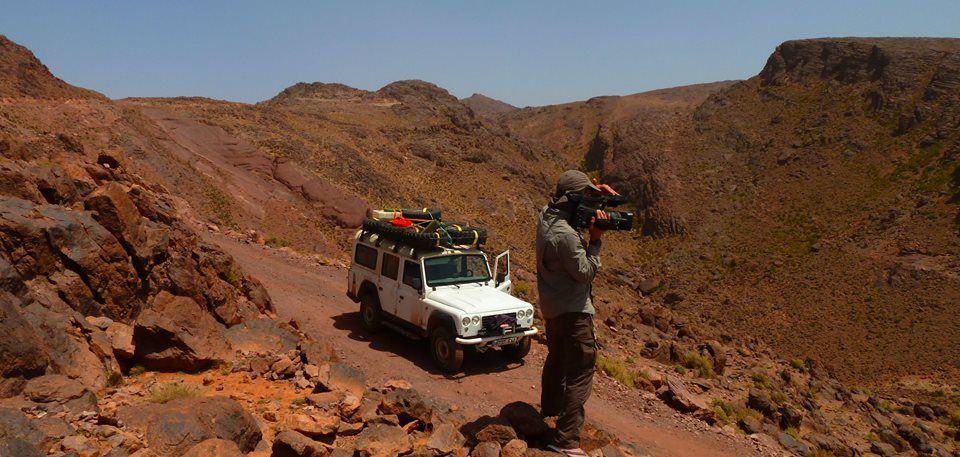
Although Kickstarter is the Kleenex of crowdfunding, other sites have their advantages.
For example, if your Tahiti project requests $10,000 in funding and you raise $9,500, you will get nothing if you use Kickstarter.
With Indiegogo, on the other hand, you would keep the $9,500 (though you will have to share an extra 5% of the money you raised as a penalty for not having made your goal).
There are several niche crowdfunding sites:
- Go Fund Me: specializes in funding personal things, especially illnesses and disaster relief, and handles travel.
- crowdfunder: Can give you exposure to A&E.
- Crowd Rise: Creative projects, birthdays, run/walks, volunteer; they’re all ways to justify your travel.
- My Free Implants Yeah, crowdfunding for breast implants. See, I told you there’s a niche crowdfunding site for everything!
However, until now, there hasn’t been a niche site solely dedicated to funding travels. Now there is.
Trevolta.com may sound like a site that will teach you how to disco dance, but it’s a new site that does only one thing: crowdfund travels.
It’s nice that now you no longer have to hide the true motivations behind a creative project.
You can say, “I don’t want to write a book or do produce a documentary. I want to drink wine in Paris.”
The problem is that if that’s your Trevolta project, it’s unlikely that you will get funded.
Therefore, you’ll have to do basically what you have to do in Kickstarter: (1) propose an interesting project, and (2) provide valuable rewards. Otherwise, you’ll stay in Omaha.
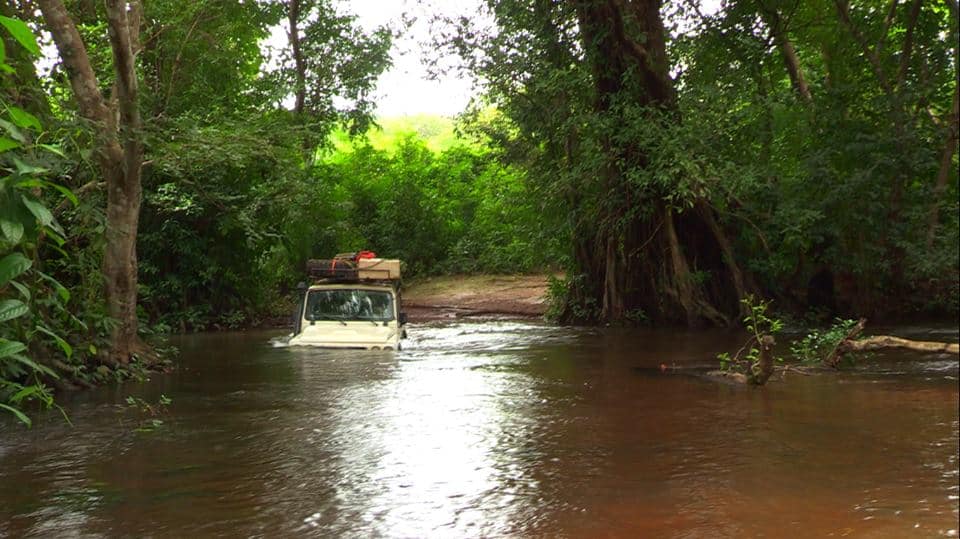
7 Tips on Crowdfunding Your Travels
May 25 is Africa Day. To celebrate that day, I launched The Unseen Africa Kickstarter Project.
Although it’s just getting started, I’ve already learned seven crucial lessons:
1. Research first.
Ask yourself: has someone done this before? Research to find out. How did they fare?
If they were successful, how much did they raise, and what rewards did they offer at what price points?
2. It’s just as essential to study failures as it is to study successes.
You might see some successful crowdfunding projects and think, “What? He got $30,000?
I’m better than he is, so I can do raise at least that much!” Then you try to raise only $3,000.
What’s not always apparent in successful crowdfunded projects is that the creator is exceptional.
He may be a Hollywood producer or a famous artist. So he can get away with putting together an unimpressive crowdfunding proposal and still raise $80,000.
In contrast, a nobody puts together a slick proposal and can’t even get his mom to pledge.
Examine failures to avoid errors and realize that there’s more than meets the eye in successful projects.
3. Propose an original project.
Be remarkable. After looking at many projects, you should know why your travel plan is better than the other ten you looked at.
Make sure it’s at least as interesting as the ones that were successfully funded.
My idea is to travel to all 54 African countries over four years, spending one month per country, filming throughout. That’s unique.
4. Pre-launch is more important than post-launch.
Although we haven’t raised the $20,000 yet, I’m confident that we will succeed because we've done a lot of upfront work.
Also, I showed the draft project page to strangers and friends to get their advice on how to improve it—that was quite useful.
If the project is exciting, word-of-mouth should give the project wings. Do the same for your project.
5. Get as close as you can to the final product.
Ideas are a dime a dozen, which is why you’ll raise pennies if all you have is an idea. Try to simulate or prototype what you’re trying to achieve.
If you want to be the first person to climb Colorado’s 14ers in a wheelchair, then make a remarkable video of you climbing a few mountains in your wheelchair. (This guy who used a wheelchair successfully raised money to see 50 cities.)
Want to scuba dive in Borneo? Then take photos of you diving in Cuba.
I took plenty of photos and videos in Morocco, the country where my pilot TV episode will occur.
All this shows that you’re serious and that this is not just a pipe dream.
6. Invest time and money.
You have to spend money to raise money. I’ve spent tens of thousands of dollars on camera equipment, a car, visas, and an editor to put together a pair of 3-minute videos.
You also have to devote significant time to make your project happen.
If you don’t, then it will show, and you’ll have wasted your time.
Most successful projects get 80% complete on their own dime and then use crowdfunding to cover the final 20%.
If you do just 5% and hope that crowd funders will cover the other 95%, then you will probably fail.
If you have little money to spare, then find a believer who will provide some seed money for you to get started and then make him a co-creator, so he shares the glory.

7. Pledge on another project.
The best way to feel like a backer is to be a backer. I pledged on 25 Kickstarter projects before starting mine.
Therefore, pledge on a project on one or more crowdfunding sites.
Notice how the project’s creator communicates—what does he do right and wrong?
By seeing life from a backer’s perspective, you’ll be a better creator.
Speaking of pledging, please spread the word about The Unseen Africa Project!
It’s about turning my 4-year trip to all 54 African countries into a TV series.
Although my trip will happen whether my project is successful or not, I wanted a powerful medium to change people’s perception of Africa, and TV’s the way to do it.
Crowdfunding your travels is older than Columbus.
However, just like Columbus was remarkable, well-connected, and proposed a unique project, you need to do the same.
You may not discover a New World, but you can help the world see things in a new way.
_________
About the Author: Francis Tapon, the author of Hike Your Own Hike and The Hidden Europe, is creating a TV series and book called Unseen Africa, based on his four-year journey across all 54 African countries.
This post was written by a guest contributor. Please reference the author's byline in the post above for more information. If you would like to guest post on Go Backpacking, please read our submission guidelines. For information on advertising opportunities, go here.
Planning a trip? Go Backpacking recommends:
- G Adventures for small group tours.
- Hostelworld for booking hostels.

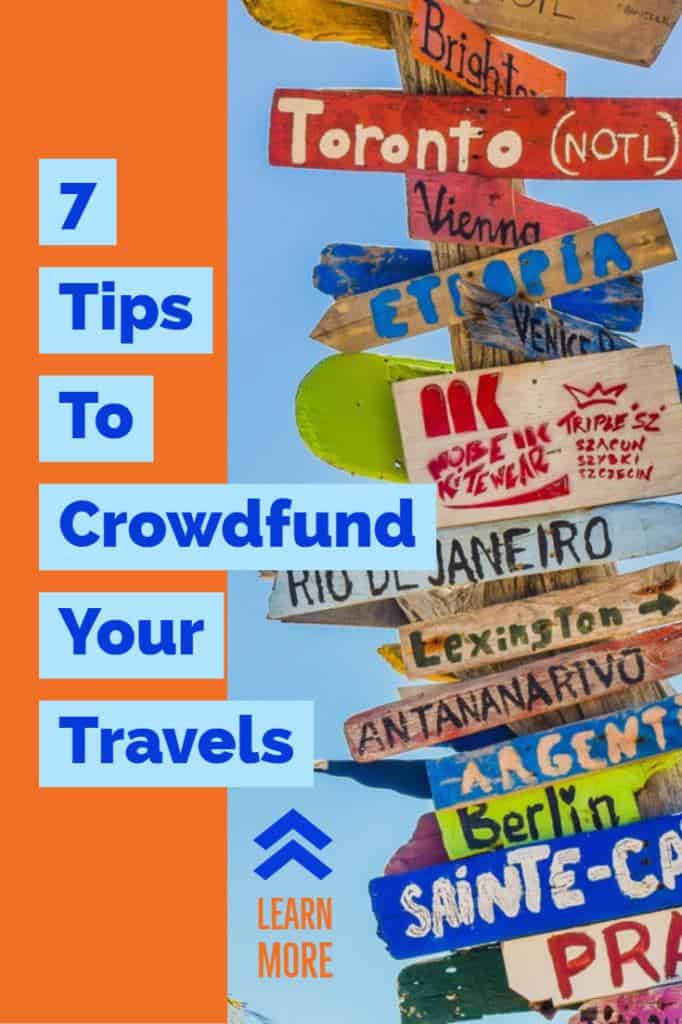
Sebastian Klassman
Tuesday 22nd of December 2015
Those are some very nice ideas your proposed and looks like the campaign did well raising over 20K. I never knew the columbus trips were crowdfunded as well. Some of the scenes from the clip are great.
Joseph Hogue
Thursday 5th of March 2015
Really great tips! Good that you pointed out pledging on other projects. A lot of campaign owners don't do this, but I think this is good practice too.
Zoe @ Tales from over the Horizon
Thursday 19th of June 2014
Those are fantastic ideas for funding travel. I hope your program works out.
Mark Johnston
Monday 26th of May 2014
I won't pledge but I could certainly help with Zimbabwe, Mozambique and other countries in Southern Africa. Rgds Mark
shawn cookson
Monday 26th of May 2014
Thanks for the great information. Best of luck with your show.